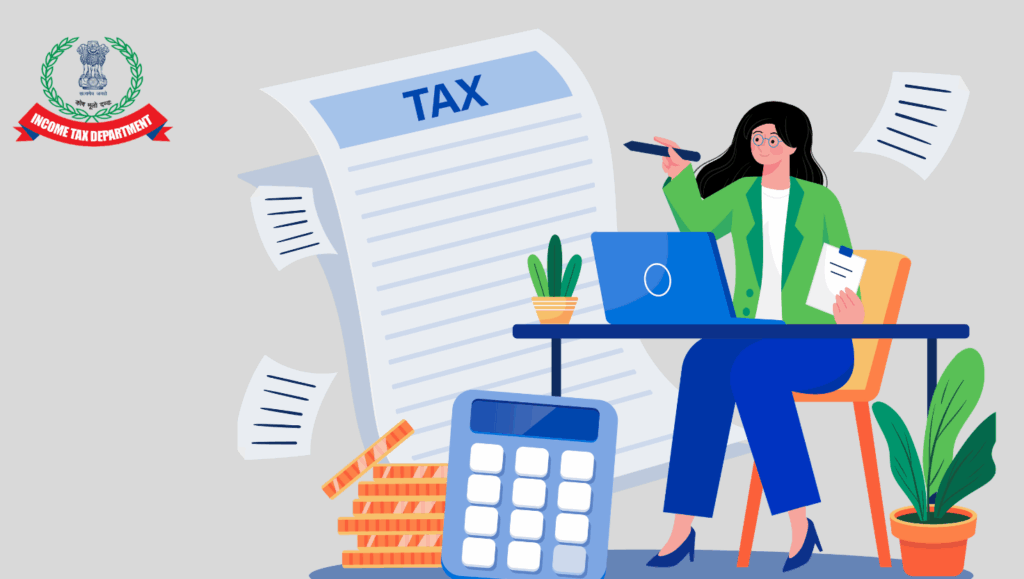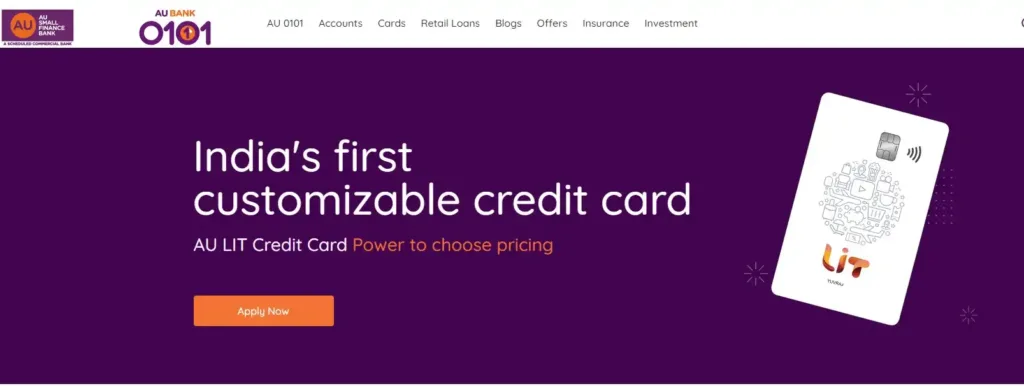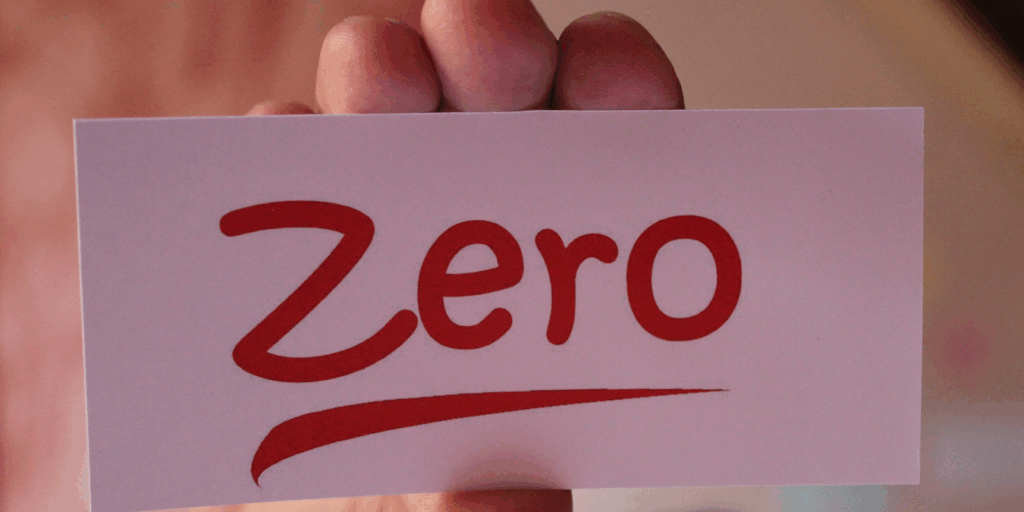
“Why most dropshipping businesses fail in India! An expert reveals shocking truths, common mistakes, and proven strategies to succeed. Learn from real experiences and avoid costly pitfalls. Read now and turn your dropshipping dream into reality!”
Dropshipping has emerged as a popular business model globally, including in India, where the e-commerce market is booming. With platforms like Shopify, WooCommerce, and Amazon making it accessible, many Indian entrepreneurs are drawn to dropshipping due to its low startup costs and flexibility. However, despite its appeal, a staggering number of dropshipping ventures fail within their first year. According to recent data, over 70% of new dropshipping stores shut down within months, and only 10-20% achieve long-term success. So, why do most people fail in a dropshipping business? In this blog post, we’ll explore the key reasons behind these failures, backed by the latest data, and provide actionable insights tailored for Indian professionals looking to succeed in this competitive space.
The Dropshipping Boom in India: A Snapshot of the Market
Before we dissect the reasons for failure, let’s set the stage with some context. The Indian e-commerce market is projected to reach $200 billion by 2026, according to a report by IBEF (India Brand Equity Foundation). Dropshipping, a retail fulfillment method where sellers don’t hold inventory but rely on third-party suppliers, has gained traction as a low-risk entry point into this market. With minimal upfront investment—sometimes as low as ₹10,000 for a basic Shopify store—Indian entrepreneurs see it as a golden opportunity to tap into global demand.
Yet, the reality is starkly different. Statista reports that the global dropshipping market hit $301.11 billion in 2024, with a projected growth to $372.47 billion in 2025. Despite this growth, the success rate remains low. For Indian dropshippers, additional challenges like logistics, supplier reliability, and digital marketing complexities amplify the risks. Understanding why most people fail in a dropshipping business is critical to overcoming these hurdles and building a profitable venture.
Top Reasons Why Most People Fail in a Dropshipping Business
1. Lack of Proper Market Research
One of the primary dropshipping failure reasons is inadequate market research. Many Indian entrepreneurs jump into dropshipping without analyzing demand, competition, or customer preferences. They often pick trendy products—like phone accessories or fitness gear—without validating their viability in the Indian or global market.
For instance, Google Trends data from 2024 shows that while “wireless earbuds” saw a spike in searches in urban India, the competition from established brands like Boat and JBL made it tough for new dropshippers to break in. Without tools like Google Keyword Planner or SEMrush to identify low-competition, high-demand niches, beginners end up targeting oversaturated markets, leading to zero sales.
Solution: Conduct thorough market research using free tools like Google Trends or paid ones like Jungle Scout. Focus on niche-specific products—say, eco-friendly home décor or ethnic wear accessories—that cater to a specific audience and have less competition.
2. Choosing Unreliable Suppliers
In dropshipping, suppliers are the backbone of your business. A common pitfall for Indian dropshippers is partnering with unreliable suppliers, especially those on platforms like AliExpress. Long shipping times (often 20-40 days from China to India), poor product quality, and lack of communication can ruin customer trust.
A survey by Oberlo found that 34% of dropshipping customers abandoned carts due to delayed shipping. For Indian sellers targeting domestic buyers, this is a dealbreaker, as customers expect Amazon-like delivery speeds (2-5 days). Moreover, many fail to vet suppliers for return policies or quality assurance, leading to disputes and refunds.
Solution: Opt for local suppliers on platforms like IndiaMART or TradeIndia to reduce shipping times. Test small orders to assess quality and reliability before scaling up. Keywords like reliable dropshipping suppliers in India can guide your search.
3. Underestimating Marketing Efforts
Many Indian dropshippers assume that setting up a store is enough to attract customers. This misconception is a major reason why dropshipping businesses fail. Without a robust marketing strategy, your store is just another invisible website in the vast digital ocean.
In India, digital ad spending reached ₹49,000 crore in 2024 (IAMAI report), with social media platforms like Instagram and Facebook dominating. Yet, beginners often lack the skills to leverage these channels effectively. Random Facebook ads or poorly optimized SEO efforts yield little to no traffic, draining budgets fast.
Solution: Invest in a multi-channel marketing approach. Use SEO for dropshipping stores by optimizing product pages with keywords like “best yoga mats online India.” Combine this with budget-friendly influencer marketing on Instagram, targeting micro-influencers (5K-20K followers) who charge ₹5,000-₹15,000 per post, and focus on organic content like blogs or YouTube reviews.
4. Ignoring SEO and Website Optimization
Search Engine Optimization (SEO) is often overlooked by new dropshippers, yet it’s a game-changer for organic traffic. Google’s algorithms prioritize user experience—fast-loading sites, mobile-friendliness, and keyword-rich content. Indian dropshippers who skip dropshipping SEO strategies lose out on free traffic, relying solely on paid ads that eat into profits.
For example, a Shopify store selling handmade jewelry without optimized titles (e.g., “Necklace” vs. “Handmade Silver Necklace for Women India”) won’t rank on Google. Data from Ahrefs shows that the first page of Google captures 71% of search traffic—miss this, and your store is invisible.
Solution: Use tools like Yoast SEO or Rank Math to optimize product descriptions, meta tags, and URLs. Ensure your site loads in under 3 seconds (test with Google PageSpeed Insights) and is mobile-responsive, as 70% of Indian online shoppers use smartphones (Statista, 2024).
5. Poor Customer Service
Customer service is a make-or-break factor in e-commerce, yet many Indian dropshippers neglect it. Long shipping delays, untracked orders, or unresponsive support lead to negative reviews and high return rates. A Forbes report noted that 73% of consumers switch to competitors after one bad experience.
In India, where trust in online shopping is still evolving, this is especially critical. Buyers expect quick responses via WhatsApp or email, but newbies often lack systems to handle queries efficiently.
Solution: Set up a dedicated customer support channel (e.g., WhatsApp Business) and offer transparent shipping policies. Use automation tools like Zendesk to manage inquiries and build trust with prompt replies.
6. Over-Reliance on Paid Ads
While paid ads like Google Ads or Facebook Ads can drive traffic, over-dependence is a trap. Indian dropshippers with limited budgets (₹20,000-₹50,000) often burn through cash without testing audiences or creatives. A failed $300 ad campaign with zero sales is a common story, as shared by dropshipping communities on Quora in 2024.
The cost-per-click (CPC) in India for competitive niches like fashion averages ₹15-₹30 (WordStream, 2024), making it unsustainable without a diversified strategy.
Solution: Balance paid ads with organic growth. Start with small budgets (₹500/day) to test ad performance, then scale winning campaigns. Pair this with dropshipping success tips like email marketing (using Mailchimp) to retain customers at a lower cost.
7. Unrealistic Expectations
Dropshipping is often marketed as a “get-rich-quick” scheme, misleading Indian beginners into expecting instant profits. In reality, it takes 6-12 months to turn a profit, per Shopify’s 2024 data. Many give up when they don’t see sales within weeks, lacking the patience to test products or refine strategies.
Solution: Treat dropshipping as a long-term business. Set realistic goals—e.g., ₹50,000 monthly revenue in 6 months—and track progress with analytics tools like Google Analytics. Persistence is key to overcoming e-commerce challenges in India.
8. High Competition and Low Differentiation
The low barrier to entry in dropshipping means fierce competition. Indian dropshippers often sell generic products (e.g., phone cases) without branding or unique value propositions (UVPs). With thousands of stores offering the same items from AliExpress, customers have no reason to choose yours.
Solution: Build a brand identity—use a memorable logo, consistent colors, and a UVP like “Fast Shipping Across India.” Focus on niche dropshipping products in India like sustainable fashion or regional handicrafts to stand out.
9. Neglecting Logistics and Shipping Costs
Shipping is a notorious pain point in dropshipping. Indian customers balk at high shipping fees or delays, especially when buying from international suppliers. A 2024 Easyship study found that 40% of cart abandonments stem from unexpected shipping costs.
For Indian dropshippers targeting global markets, customs duties and taxes add further complexity, eating into margins.
Solution: Partner with domestic suppliers or use fulfillment services like Amazon FBA for faster delivery. Offer free shipping by baking costs into product prices—a tactic that boosts conversions by 20%, per Oberlo.
10. Lack of Continuous Learning
The e-commerce landscape evolves rapidly—AI tools, new platforms, and changing consumer trends shape success in. Indian dropshippers who don’t adapt to innovations like AI-driven product descriptions or TikTok marketing fall behind.
Solution: Stay updated via blogs (e.g., Oberlo, Shopify), YouTube channels (e.g., Wholesale Ted), and Indian e-commerce forums. Experiment with trends like video ads to keep your store relevant.
Dropshipping Success Rate: What the Data Says
The success rate for dropshipping hovers between 10-20%, according to DSM Tool’s 2023 analysis. In India, this may dip lower due to logistical challenges and competition from giants like Flipkart and Amazon. Successful dropshippers—those earning ₹5 lakh+ annually—share traits like niche focus, strong marketing, and supplier reliability. The rest? They fall into the traps above.
Actionable Tips for Indian Dropshippers to Succeed
- Start Small, Scale Smart: Begin with 10-20 products to test demand, then expand.
- Leverage Local Platforms: Use IndiaMART or Qikink for faster supplier sourcing.
- Master Digital Tools: Use Canva for visuals, ChatGPT for descriptions, and Google Analytics for insights.
- Focus on Customer Retention: Offer discounts or loyalty programs via email marketing.
- Monitor Competitors: Analyze top Indian dropshipping stores (e.g., Meesho) for inspiration.
Turning Dropshipping Challenges into Opportunities
Dropshipping offers Indian entrepreneurs a gateway to e-commerce success, but it’s not a shortcut to wealth. Most people fail in a dropshipping business due to poor research, unreliable suppliers, weak marketing, and unrealistic expectations. By addressing these dropshipping failure reasons with data-driven strategies, you can beat the odds.
The key? Treat dropshipping as a serious business, not a side hustle. Invest time in learning dropshipping SEO strategies, building a brand, and delighting customers. With India’s e-commerce market poised for explosive growth. Ready to succeed where others fail? Share your thoughts in the comments below, and let’s build a thriving Indian dropshipping community together!
-
Indian Stock Market Trends: Monday Morning Briefing
Nifty 26,200 is just the start—8.2% GDP growth has ignited a fresh bull run, but a new 50%
-
Why Every Indian College Student Should Consider These Credit Cards Today
India’s top student credit cards in 2025! Discover how no-income students gain exclusive cashback, global travel perks, and
-
Meet the Big Four Credit Bureaus: Beyond Just CIBIL and How to Reach Them
India’s Credit Bureaus in 2025! Discover how real-time updates, surprise RBI compensation rules, and hidden credit score traps
-
Why Did My Credit Score Drop? 10 Hidden Reasons That Have Nothing to Do with Missing a Payment
Credit score dropped despite paying on time? In 2025, “hidden” factors like fortnightly reporting and phantom BNPL loans






























